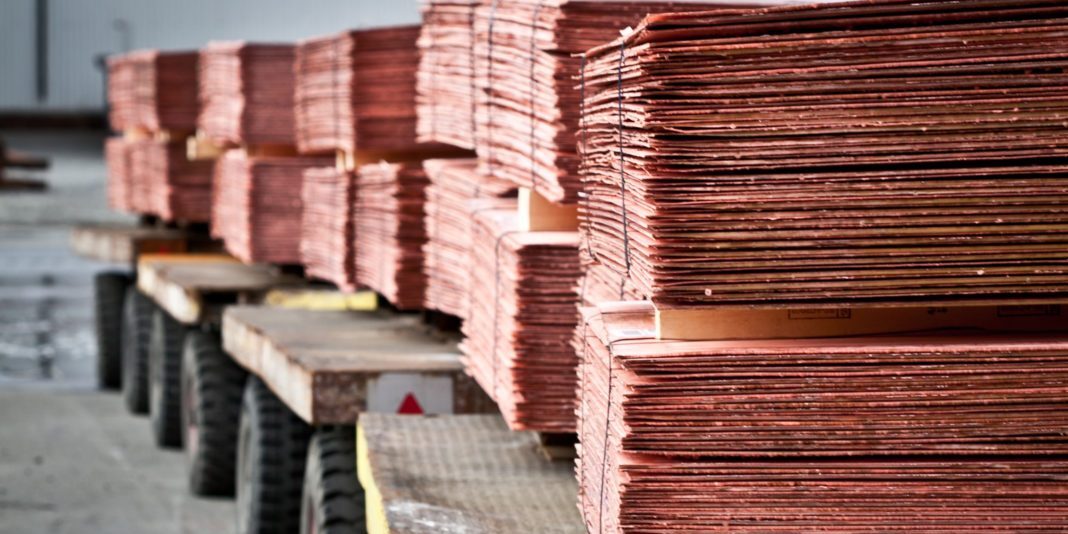Gécamines produced 12,570 tonnes of copper at the end of July 2020.
Gécamines produced 12,570 tonnes of copper at the end of July 2020 against 11,385 tonnes at the same period in 2019, an increase of 10.40%, says the Summary of statistical information of the Central Bank of Congo.
As Compared to the production volume of the entire mining industry estimated at 905,851 tonnes of copper, the production of Gécamnies, a State Portfolio company, represents 1.38% of the total production of the mining industry in the Democratic Republic of the Congo.
For the whole of 2019, Gécamines produced 21,166 tonnes of copper against 18,367 tonnes in 2018.
Copper prices are doing well on the international market. Last week, the red metal traded at $ 6,800 per tonne and is expected to continue to climb according to several analysts. Which is good news for cooking producers in the DRC.
The Générale des Carrières et des Mines (GECAMINES SA) has its origins in the Union Minière du Haut Katanga (UMHK) which was nationalized in 1967 by the public authorities. Since its creation, this Company has undergone several name changes: The Union Minière du Haut Katanga, (UMHK); The Congolese General of Minerals, (GECOMIN); The Congolese General of Mines, (GECOMINES); Générale des Carrières et des Mines-Exploitation, (GECAMINES / EXPLOITATION), a subsidiary of Gécamines-Holding, in the same way as Générale des Carrières et des Mines-Commerciale and Générale des Carrières et des Mines-Développement; La Générale des Carrières et des Mines, (GECAMINES) and to date; La Générale des Carrières et des Mines Sarl, (GECAMINES Sarl).
Copper production began in 1911 at the Lubumbashi factories where it was carried out by reducing fusion in water-jacket furnaces. Then, the mines were put into operation and the following production units were built: the Kipushi underground mine with its Concentrator, the Kambove Mine with its Concentrator, the Panda Electric Foundry, the Shituru factories, the open-cast mines of Kolwezi, the Kolwezi Concentrator, the Kamoto Underground Mine, the Kamoto-Dima Concentrator and the Luilu Factories in Kolwezi.
In 1986, GECAMINES achieved its production record with 476,000 tonnes of copper, 14,500 tonnes of cobalt and 64,000 tonnes of zinc ingots for an annual turnover of around 1 billion USD. However, from 1987 this metal production experienced a gradual fall which accelerated in 1990 following the conjunction of several events including the collapse of the Kamoto underground mine located in Kolwezi, the socio-political unrest that had enamelled the country at the start of the the 90s and the sudden end of donor funding.
During its golden age, Gécamines had to play an important role in the socio-economic development of the DRC, in general and of the province of Katanga, in particular, with its very significant contribution to the public treasury of the order. 70% and the contribution of almost all of the foreign exchange receipts to the State budget.
Gécamines was one of the country’s companies employing a large workforce, with a workforce of over 34,000 agents in the period from 1974 to 1992.
![]()





